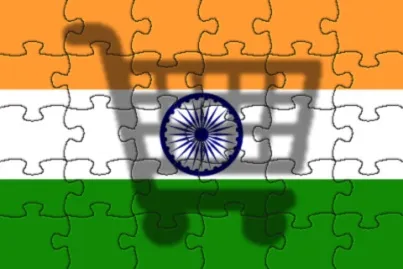Why Indian eCommerce Companies Cannot Go the Amazon Way; a Reality Check
A July 2002 Business Week article had this to say about Amazon: “after seven years and more than US $1 billion in losses, Amazon is still a work in progress.” The company posted $5m in profits, it’s first ever, in the last quarter of 2011 on sales of $1.12 billion. Amazon is the poster boy of e-commerce around the world, the incredible survivor of the 2001 dotcom meltdown - when naysayers said that Amazon with over $2 billion in debt (largely used to fund warehouses) would become insolvent - and naturally enough inspires Indian entrepreneurs as well.

Amazon’s revenues were over $48billion in 2011 with an operating profit of $862m.
So, will companies in India follow a similar trajectory?
For an Amazon and multiple other successful ecommerce companies to have become successful in the US, a set of “hard and soft” pre-requisites had to be in place. Let me explain:
a) People had to have trouble free internet access – PCs and telecom infrastructure had to be in place. 22% of the US was online in October 1997
b) Credit cards had to be in use – Over 125m credit card holders existed in the US in the late 1990s.
c) Logistics – transportation and warehousing – infrastructure had to be in place.
d) Taxation policies across the country was to be clear
e) Laws to protect customers and merchants had to be in place and enforceable.
f) Capital availability across the funding continuum – private and public
These are the hard pre-requisites. Let us look at the softer ones:
a) People had to be comfortable with (i) online and (ii) online purchases – issues of comfort and trust had to be resolved. In the US, mail order catalogues were in vogue since the late 1890s (yes!), telemarketing was popular since the 1970s and TV shopping since the 1980s.
b) Retail brands had to be organized and be a huge industry – this implied familiarity with brands, customer service, comfort with products on display and the like
In India, it is only now that the basics are slowly coming together. Infrastructure matters like payments, logistics and top class technology are still matters of enormous friction. The Indian online consumer and the Indian retail (online and offline) environment are still evolving. Media is playing a role as is the lack of retail / brand penetration in smaller towns in generating aspiration and demand. Capital availability across the funding continuum is a challenge. Finding experienced management to run an online business isn’t easy as it is a new phenomenon. The question of having a seamless taxation policy (viz GST) remains a vexed one.
Given the unique Indian scenario, I believe ultimately a hybrid Indian model (offline and online one) will emerge. Companies that can raise sufficient capital to stay afloat, while this model emerges while growing at a breakneck speed and able to demonstrate a path to profits, will be immensely valuable.
Remember Amazon took 7 years in an evolved market like the US to turn a profit while rapidly growing. In India, it will take much longer as a new generation becomes savvy online consumers. The first wave of ecommerce firms first emerged and then disappeared in the 1999-2001 years. The second wave emerged about 5 years ago and is fortunately being built on far stronger foundations. Some leaders are clearly visible, yet, this isn’t an opportunity for all and sundry to jump in; Entrepreneurs and investors with a long term view, access to deep pockets, and the management ability to corral risks and growth are required. For the others, it is better to attempt something else till more opportune times arise.
What do you think?







